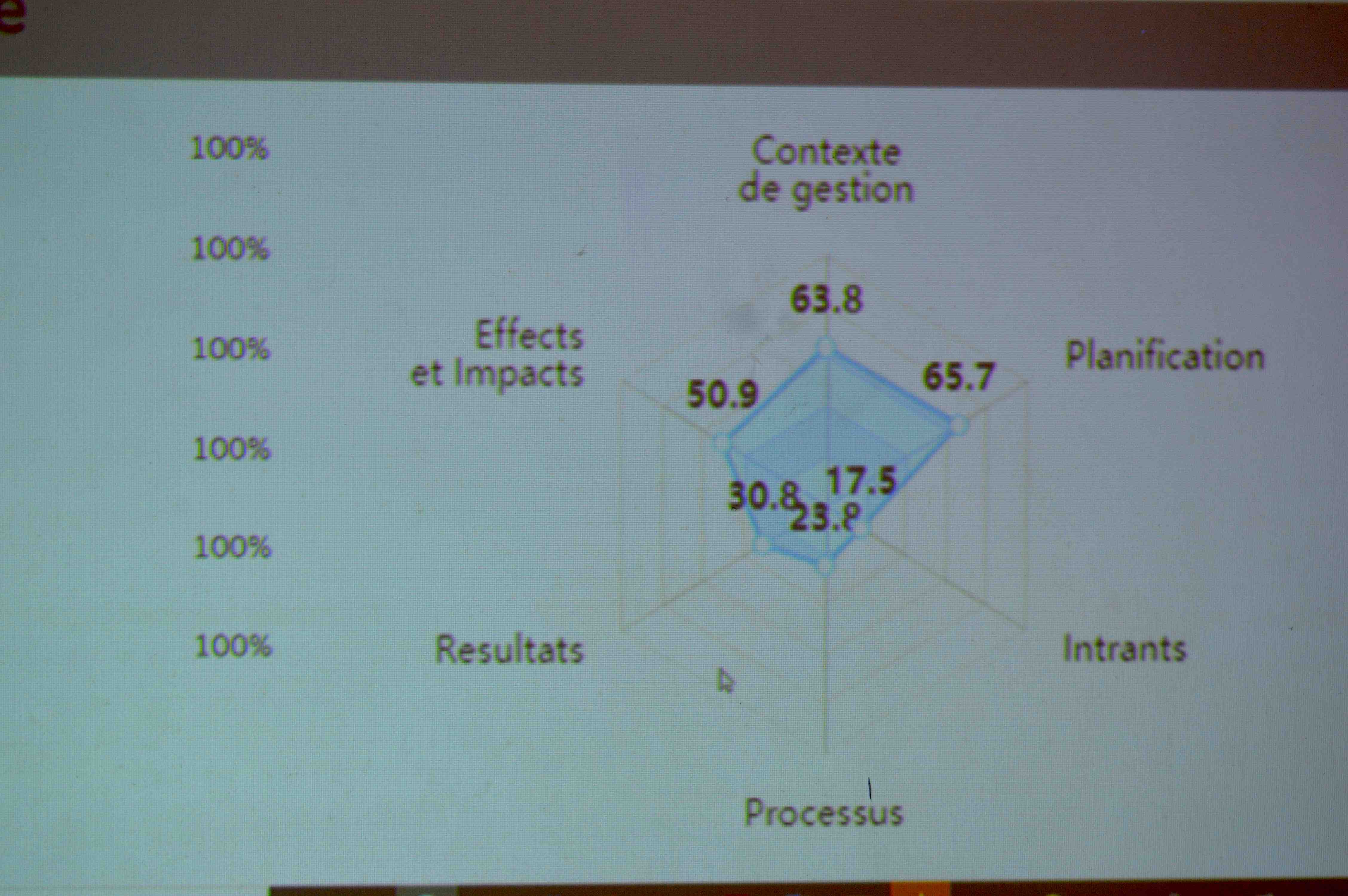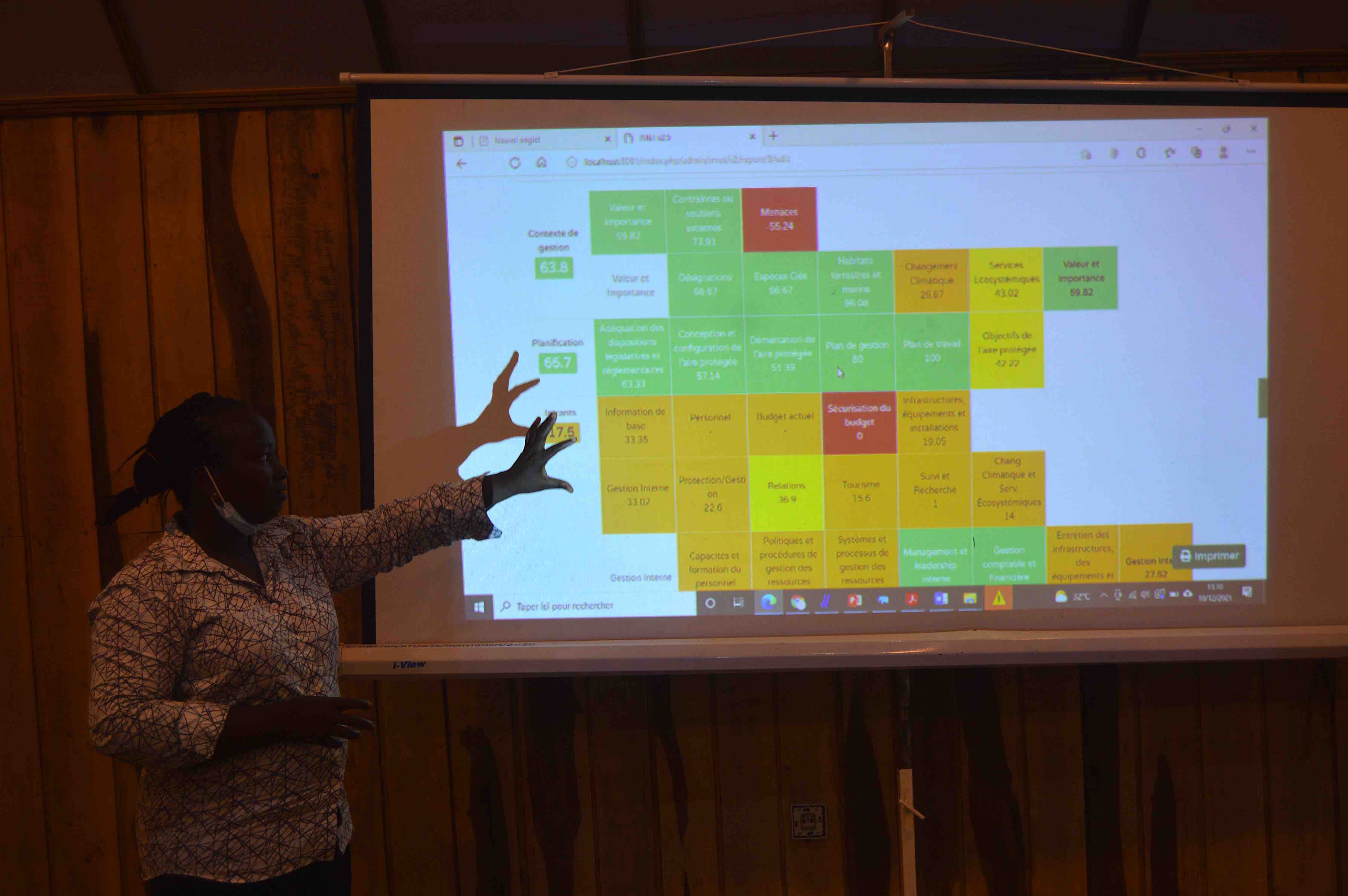


The assessment of social impacts was based on a participatory method that involved first consulting local communities on their perception of the impacts linked to the existence of the protected area, then carrying out an in-depth analysis of these impacts through a survey of a sample of households, and drawing up an action plan. At each stage of stakeholder consultation, a report is made to the consulted stakeholders on the results obtained and the next steps to be taken. The IMET evaluation involved the same stakeholder groups as the SAPA evaluation, but in smaller numbers and using a different method based on a series of evaluation questions. At the end of the process, each assessment produced action proposals based on the gaps identified. Although conducted by different teams and using different methods, most of the actions proposed by the two assessment methods were similar. This reflects the quality of the investigations carried out, as well as a sound methodological application and analysis of the results. We can also conclude that these two methods, although one addresses social impacts, the other management effectiveness, can be complementary in the evaluation of protected areas.
The rigor of the evaluation method was decisive in obtaining the results. In fact, although the assessment methods were different, each with its own stages and methodology, similar conclusions were reached regarding the actions to be implemented as a result of each assessment. It must also be said that the experts' in-depth knowledge of the site involved in the assessments enabled them to draw up an accurate assessment of the situation, and to propose actions that were certainly appropriate.
As far as lessons learned are concerned, we can say that it is important, when implementing protected area assessments, to call on specialist assessors who, in addition to their methodological knowledge, have a certain mastery of the protected area management context, in order to provide finer-grained analyses in line with local realities.
We also believe that in the context of community protected areas, IMET assessment alone is not enough to identify management priorities. The strong presence of communities in this type of protected area means that the social well-being of local communities must be taken into account to ensure effective overall management of the protected area.